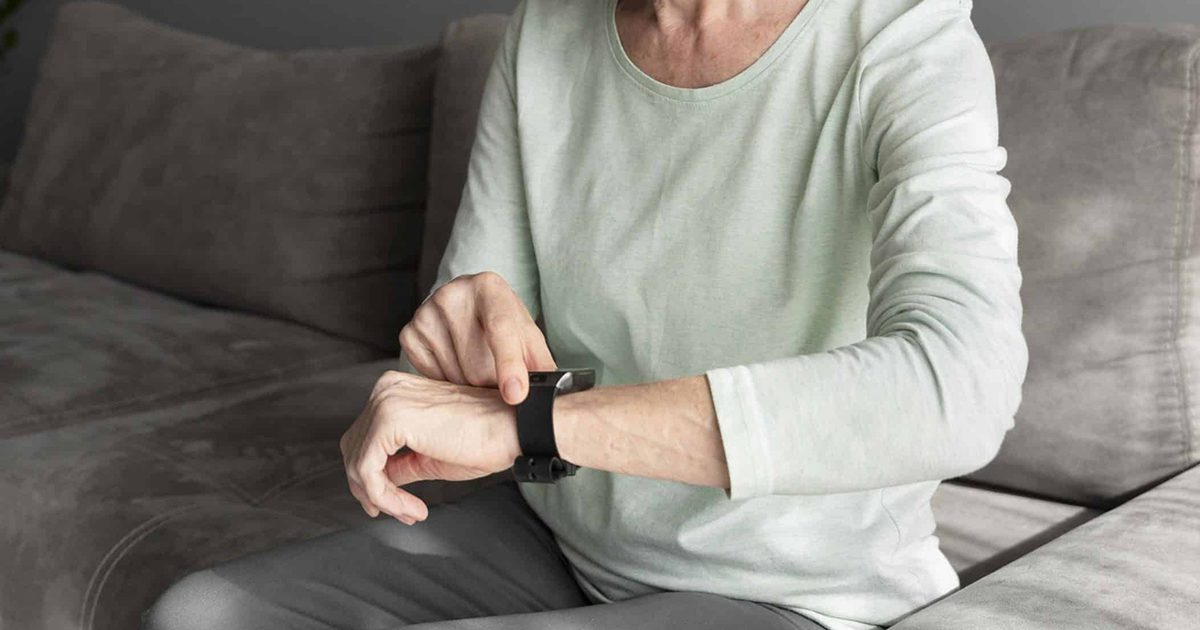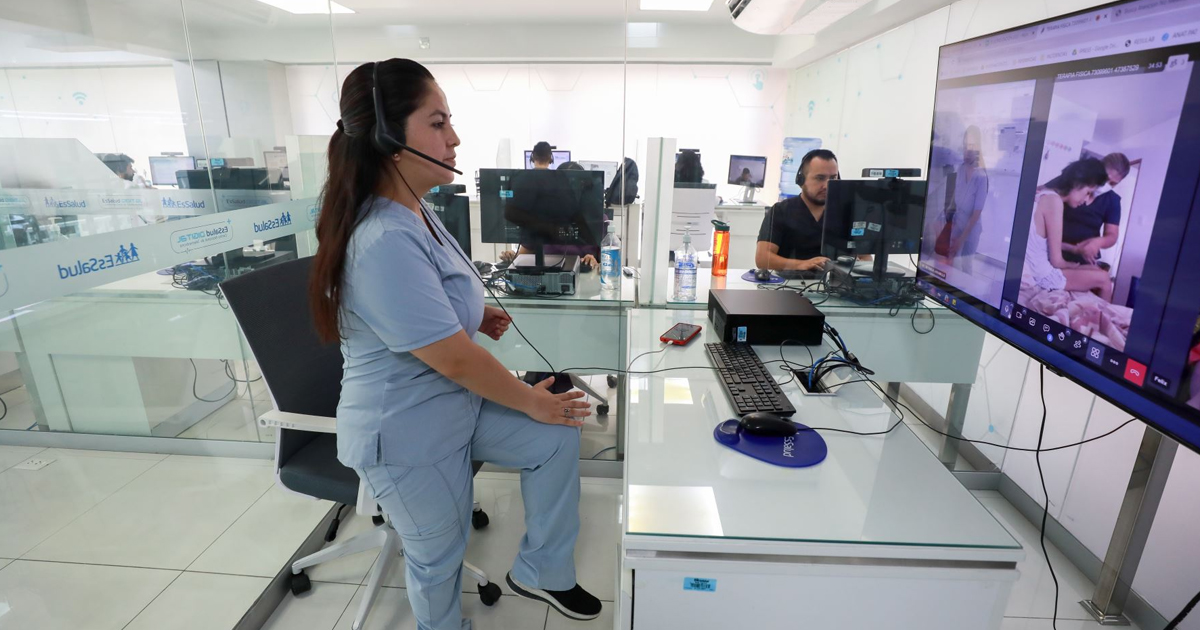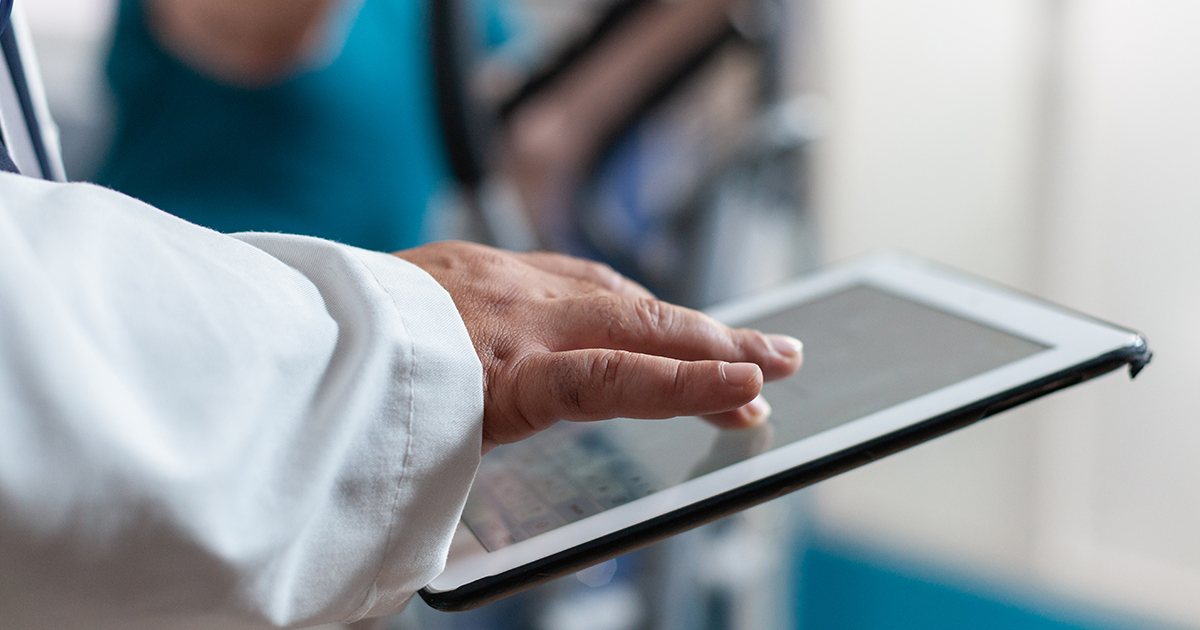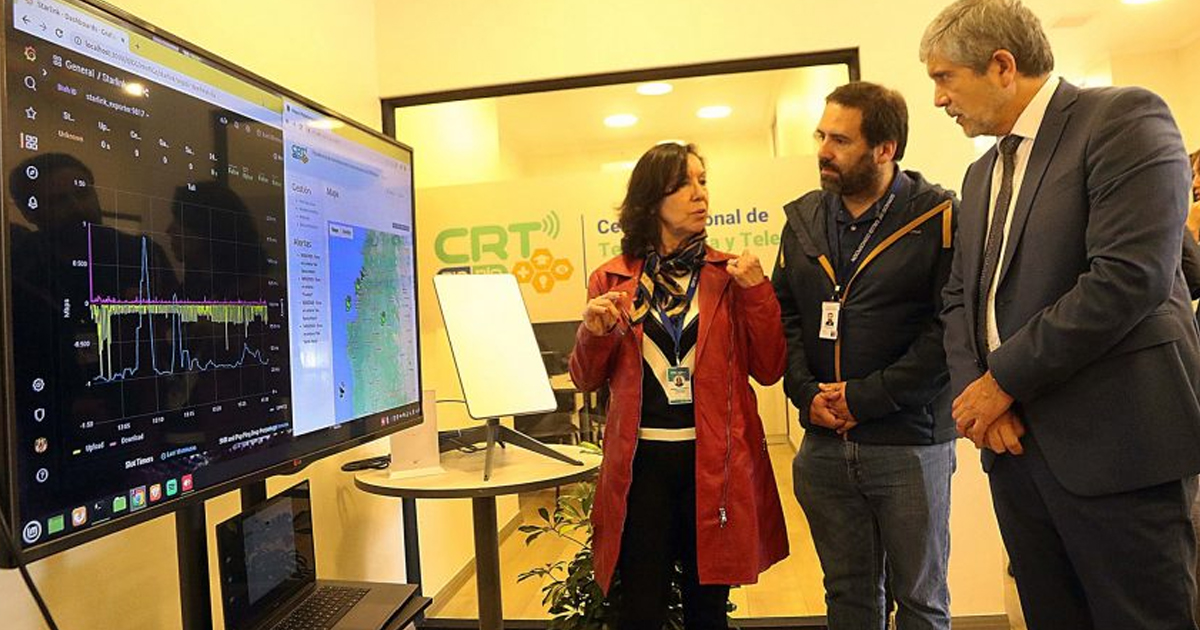Mobile devices such as wearables placed on the wrists of Parkinson's patients are useful in measuring the progress of the disease.
Parkinson's disease has few tools and methods to know evaluations and progression of the disease. Clinical trials related to this disease have begun to incorporate Digital Health innovations such as sensors in wearables to more accurately measure the health and well-being of patients.
A recent study by Verily Life Sciences (formerly Google Life Sciences), presented results of a motor assessment in Parkinson's patients using a smart watch. Its objective was to accelerate the development of evaluation methods for therapies for this disease.
Verily researchers developed and validated a wearable-based motor test that responds to standard ratings of disease severity and medication effects.

"A virtual motor exam could complement clinic visits and passive monitoring strategies to obtain more accurate information for the treatment of PD," explains the study.
The 370 participants performed 22,688 virtual exams in 70 weeks, and digital instructions guided patients through this process. In general terms, the digital exam managed to measure:
- Resting tremor assessment
- Effects of fast-acting drugs
- Amplitude of arm swivel
- Arm swing acceleration
“On the one hand, virtual exams are better able to assess intention to move when evaluating symptoms such as bradykinesia. On the other hand, passive monitoring allows for greater temporal resolution and may impose less burden on patients. However, it requires constant use, which seems achievable given that the average daily use time is 22.1 hours”, explains an editorial published in npj Digital Medicine journal.
Find out more details at: https://www.nature.com/articles/s41746-022-00619-4






